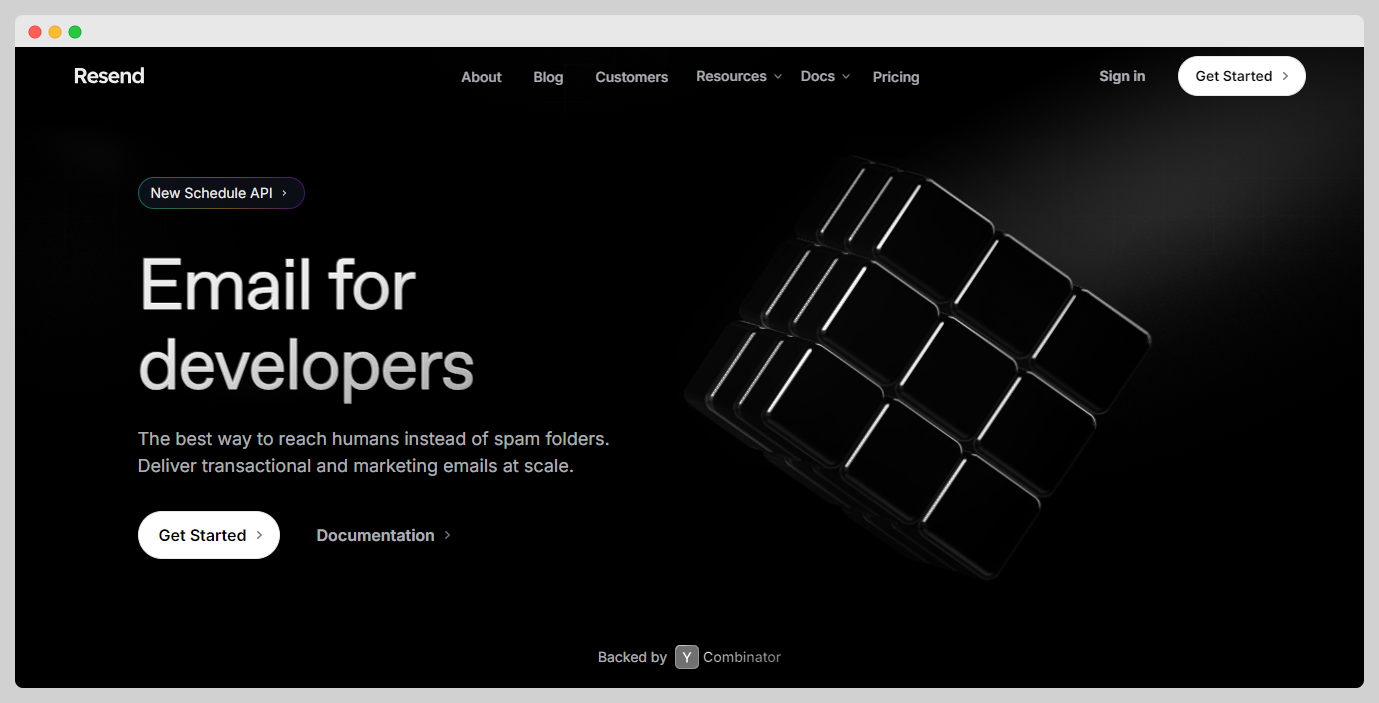How Two Founders Grew Their Email Platform Resend to 100,000 Users in 15 Months
Who is Zeno Rocha?
Zeno Rocha, co-founder of Resend, hails from Brazil and pursued a degree in Computer Science. He initially started his career working with Flash and developed a strong affinity for front-end development. Rocha has diverse experience, having held executive roles and contributing significantly to open source projects like Dracula, before establishing Resend with a vision to innovate the email space.
What problem does Resend solve?
Resend is a modern email solution tailored for developers frustrated with outdated, clunky email tools, offering streamlined setup and reliable delivery for both transactional and marketing emails.

How did Zeno come up with the idea for Resend?
Zeno and Bu noticed that despite the technological advancements in many areas, the email tools they were using felt stuck in the past, especially for developers. They were frustrated with the challenges of building email templates that could display consistently across various email clients and found many existing tools better suited for marketers...
Disclaimer: The initial draft of this article was compiled by the Starter Story team based on publicly available interviews, podcasts, and other content from the founder. See the sources we used here.

Download the report and join our email newsletter packed with business ideas and money-making opportunities, backed by real-life case studies.

Download the report and join our email newsletter packed with business ideas and money-making opportunities, backed by real-life case studies.

Download the report and join our email newsletter packed with business ideas and money-making opportunities, backed by real-life case studies.

Download the report and join our email newsletter packed with business ideas and money-making opportunities, backed by real-life case studies.

Download the report and join our email newsletter packed with business ideas and money-making opportunities, backed by real-life case studies.

Download the report and join our email newsletter packed with business ideas and money-making opportunities, backed by real-life case studies.

Download the report and join our email newsletter packed with business ideas and money-making opportunities, backed by real-life case studies.

Download the report and join our email newsletter packed with business ideas and money-making opportunities, backed by real-life case studies.












